Have you ever noticed how much control you have over what you see and hear these days? People are no longer just passively sitting through ads—they’re actively researching, comparing options, reading reviews, and making decisions on their own. With so much content flooding their screens, they’ve gotten really good at tuning out the noise—whether it’s TV ads, cold emails, or pop-up ads.
That’s where inbound marketing comes in. Instead of interrupting people with pushy sales pitches, it’s about meeting them where they are, offering content that genuinely helps, and building trust over time. It’s about providing real value, answering questions, and solving problems, so people start to feel like you’re there to help, not just sell.
When you do that, something powerful happens: people start coming to you, eager to hear what you have to say. It’s all about creating real connections and offering something people actually want—without the hard sell.
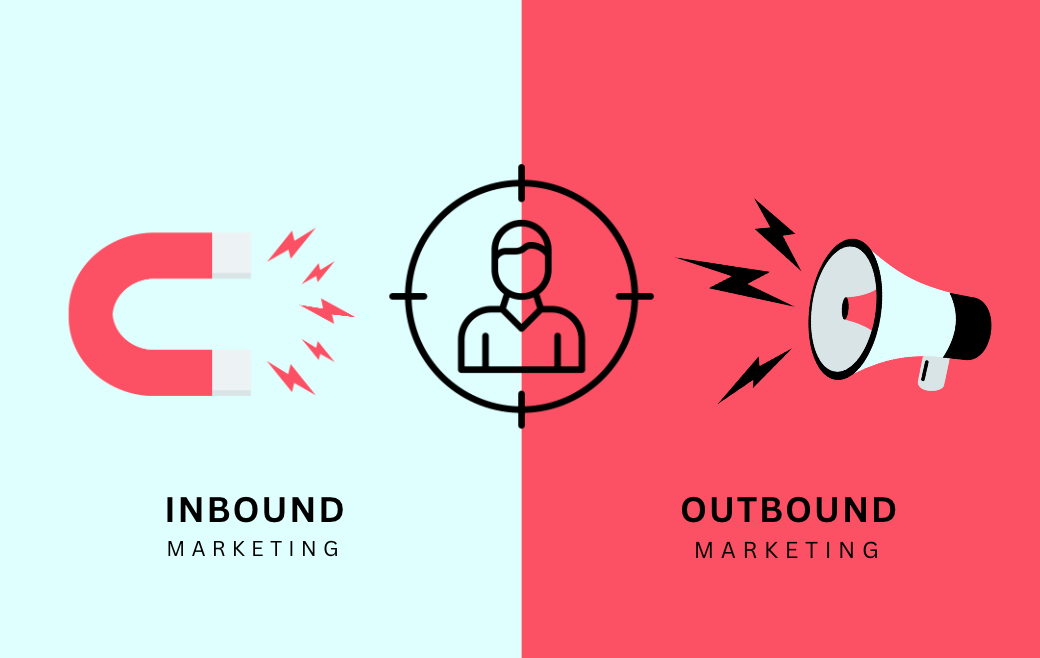
So, What Exactly is Inbound Marketing?
Inbound marketing is a methodology designed to attract potential customers through content that helps them solve problems, answer questions, and learn more about your business. Instead of interrupting your audience with unwanted advertisements, inbound marketing offers them content they actually want to see. It’s like turning your marketing into a helpful resource that guides people rather than pushing them to buy.
The idea is that the modern consumer is in control. They research, they make decisions, and they want to find the best solutions to their problems. Inbound marketing is all about providing the answers they’re looking for, whether that’s through blogs, videos, podcasts, webinars, or social media posts. Inbound and outbound marketing play complementary roles in creating effective marketing strategies. Inbound marketing focuses on attracting customers through valuable content, while outbound marketing generates initial awareness through traditional methods.
And let’s be honest: the old-school way of marketing—using TV ads, print, or cold calling—just doesn’t cut it anymore. People are tired of being bombarded. They want to find information when they’re ready, not when it’s shoved in their faces. Inbound marketing respects that by meeting people where they are, providing value at the right time.
The 3 Key Stages of Inbound Marketing
Inbound marketing is based on a simple, three-stage framework:
Attract, Engage, and Delight.
Let’s break each of those down:
1. Attract: Bring in the Right People
The first step in the inbound process is all about getting the right people to find your business. Creating an effective inbound marketing campaign is crucial for attracting the right people. This is the stage where you create content that resonates with your audience and solves their problems.
But you’re not just attracting anyone. You want to attract people who are already looking for answers to questions your business can solve. You want to get in front of people who need your product, service, or expertise.
Here’s how you do it:
SEO (Search Engine Optimization)
SEO helps your content rank higher on search engines like Google. By optimizing your website and blog posts with the right keywords, you make it easier for people to find your content when they’re searching for solutions related to your industry.
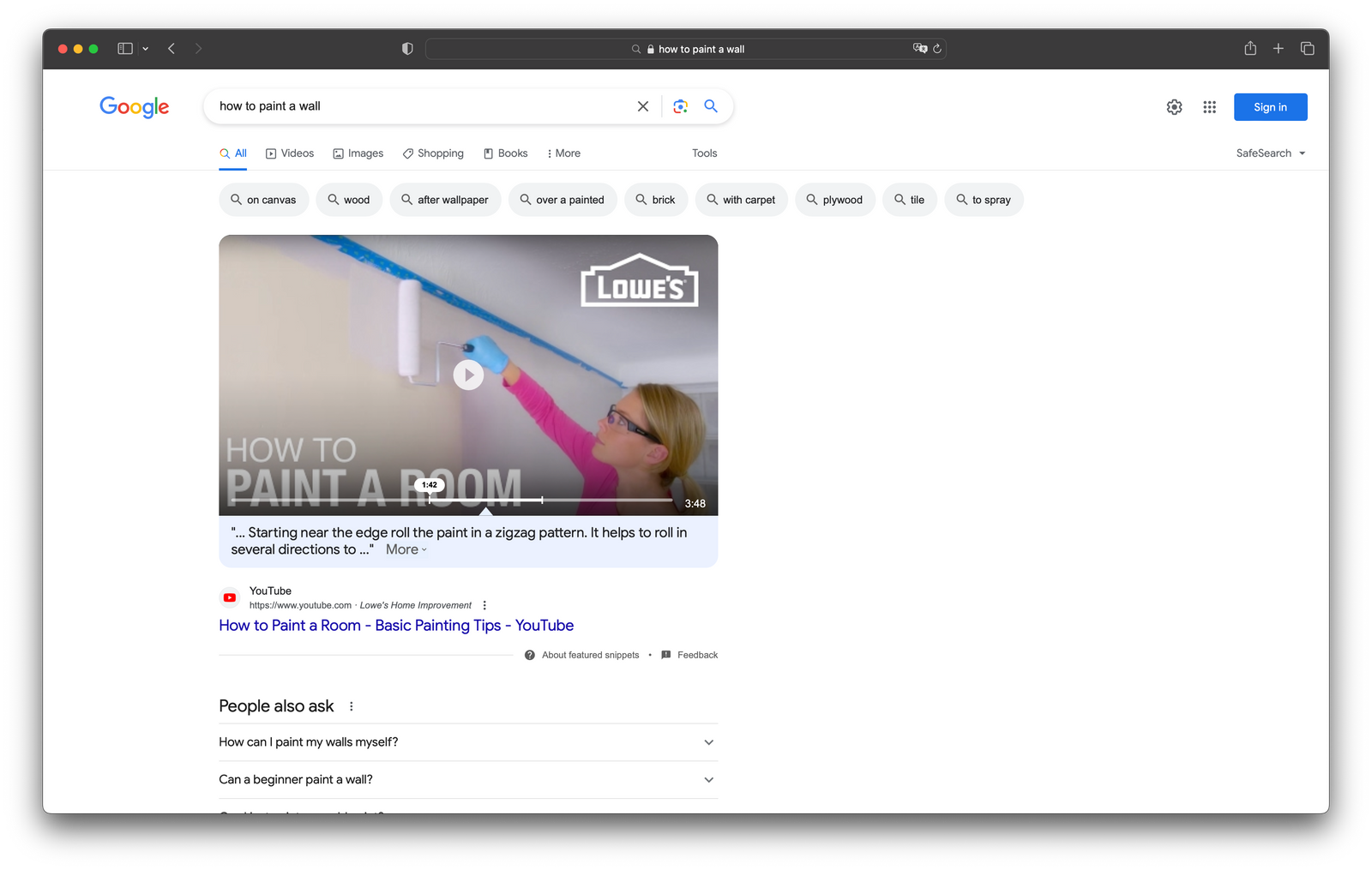
Content Marketing
Content is major in the inbound world. Whether it’s blog posts, videos, infographics, or podcasts, content marketing is about creating and sharing content that helps your target audience. Think of it like putting out free, valuable resources that people want to consume.
Social Media Marketing
Social media is a great way to engage with potential customers and share your content. Whether it’s Facebook, Instagram, Twitter, or LinkedIn, these platforms allow you to distribute your content, interact with followers, and build a community around your brand. Plus, social media is a great way to humanize your brand and show the people behind the product.
By focusing on creating content that answers questions or offers solutions to real problems, you naturally draw in visitors who are interested in what you have to say.


Create Webinars to Engage Your Target Audience
Start for free up to 30 registrants. No credit card needed.
Start for free2. Engage: Build Relationships and Capture Leads
Once you’ve attracted visitors to your website, the next step is to engage them. This means turning those visitors into leads by offering them something of value in exchange for their contact information. Inbound marketing campaigns are essential for engaging visitors and turning them into leads. Now that you’ve got their attention, it’s time to nurture that relationship.
Lead Magnets
This is where you offer visitors something for free in exchange for their email address or other contact info. Lead magnets can be anything from an eBook, a free trial, a webinar, or even a checklist or guide. The goal is to provide something useful enough that the visitor is willing to trade their contact details for it. Once you’ve got their info, you can continue engaging with them.
Email Marketing
Now that you’ve got their email, you can send targeted, personalized messages that move them further down the funnel. Email marketing helps you nurture relationships by offering relevant content at the right time—whether it’s a follow-up email, a product recommendation, or educational content that addresses their needs.
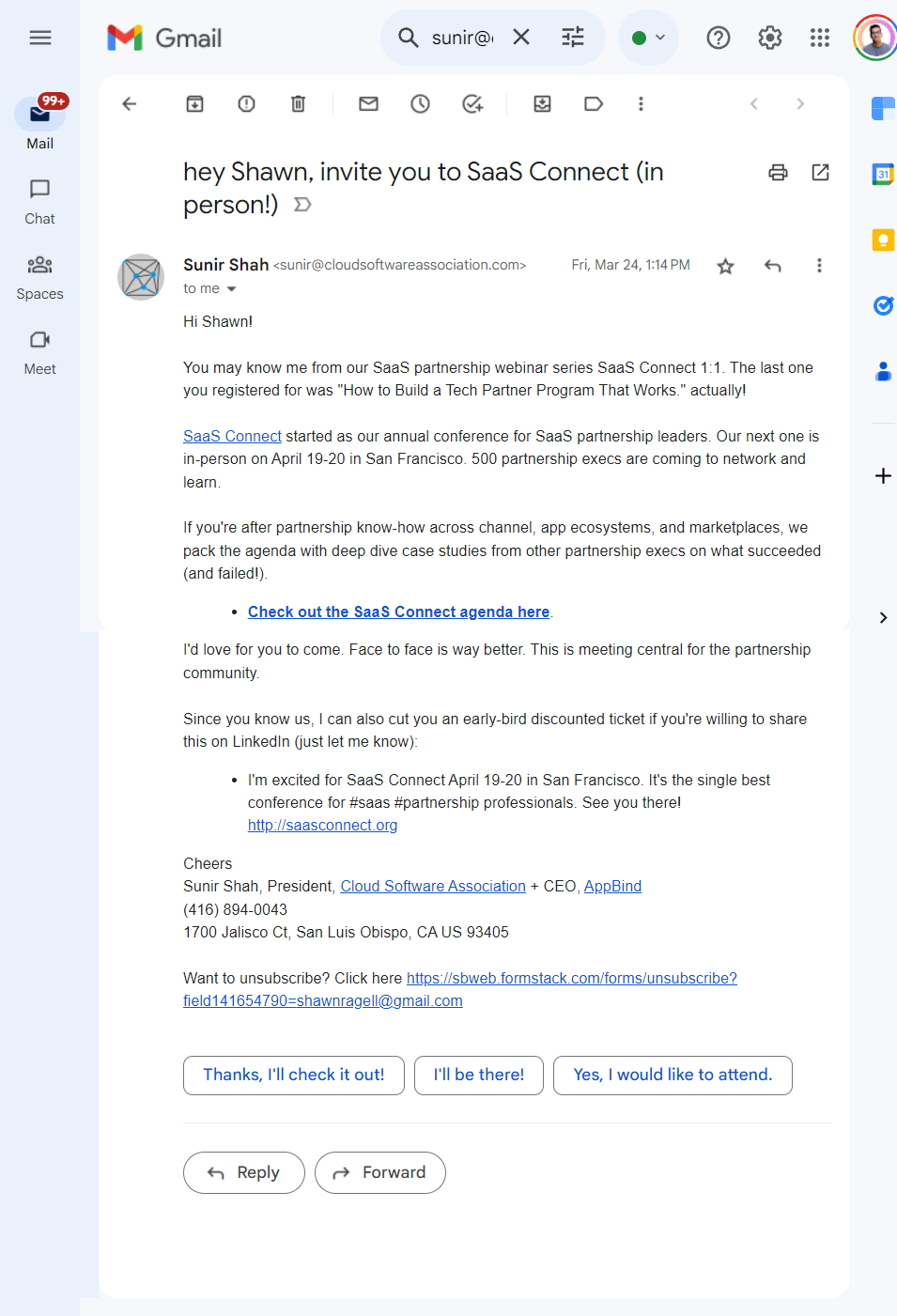
Calls-to-Action (CTAs)
CTAs are prompts on your website that guide visitors to the next step. For example, after reading a blog post, a CTA might encourage visitors to download a guide, schedule a demo, or subscribe to your newsletter. These little nudges keep visitors engaged and help them take action.
The goal of the engage phase is to move visitors toward making a decision—whether it’s to sign up for a trial, request more information, or even make a purchase.
3. Delight: Turn Customers into Loyal Fans
The final stage of inbound marketing is all about delighting your customers. But delighting doesn’t stop after the sale. If you want long-term success, you need to continue providing value to your customers and build a relationship with them even after they've made a purchase.
Customer Support
Great customer support can turn an average experience into a stellar one. Whether it’s answering questions, offering troubleshooting help, or just making sure they’re satisfied, good customer service goes a long way in turning a one-time buyer into a repeat customer.
Surveys & Feedback
Ask for feedback! Not only does it help you improve, but it shows customers you care about their opinions. It also helps you identify areas where you can enhance your products, services, or overall customer experience.
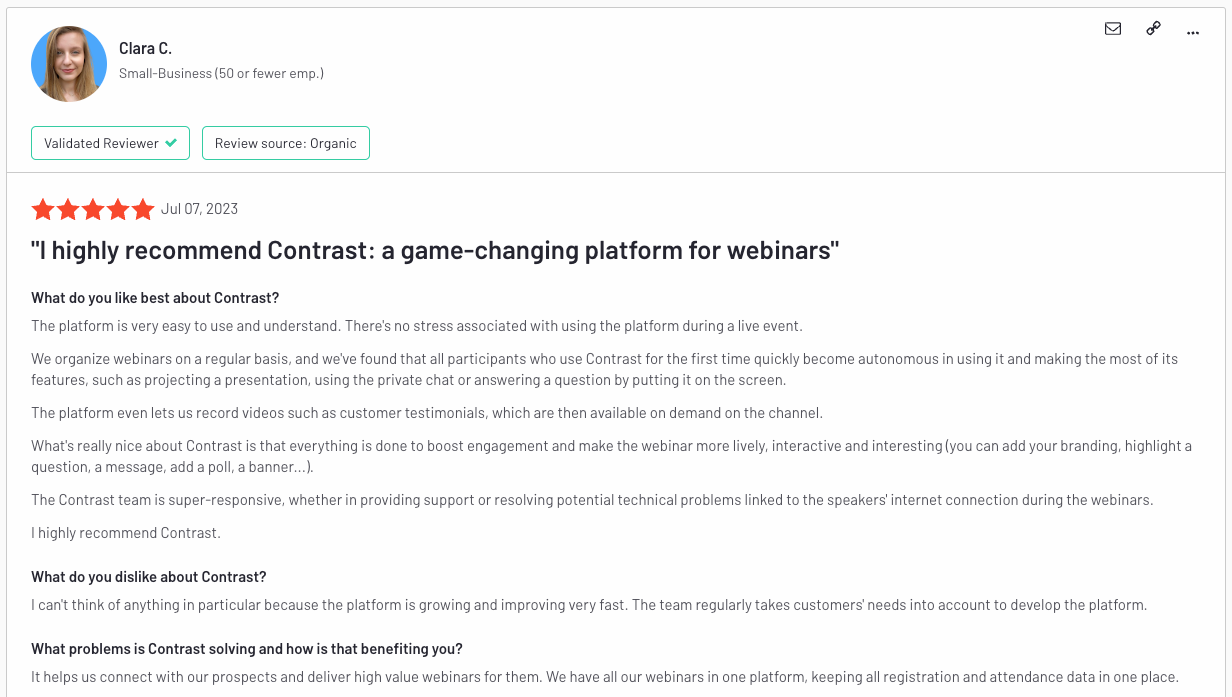
Referral Programs
Happy customers are more likely to recommend your business to others. Encourage them to refer friends or colleagues through referral programs. Offering discounts or rewards for successful referrals is a great way to get more business through word of mouth.
At this stage, your goal is to turn customers into brand advocates who are not only loyal to your business but also spread the word and bring in new leads.
Why Inbound Marketing Works: The Benefits
There’s a reason inbound marketing has become a go-to strategy for businesses of all kinds. Let’s go over some of the main reasons why it works so well:
1. It Aligns with Modern Buyer Behavior
Today’s consumers do their homework before making a purchase. They read reviews, compare options, and browse the web for information. Inbound marketing meets consumers where they are by creating content that answers their questions and helps them make informed decisions.
People don’t want to be interrupted by ads; they want information that helps them solve their problems. Inbound marketing gives them just that.
2. It Builds Trust and Credibility
Inbound marketing isn’t about pushing your product or service onto people. Instead, it’s about offering helpful content that builds trust over time. By providing value, answering questions, and solving problems, you establish your brand as a credible, trustworthy resource. People are more likely to buy from a brand they trust, and inbound marketing helps you build that trust.
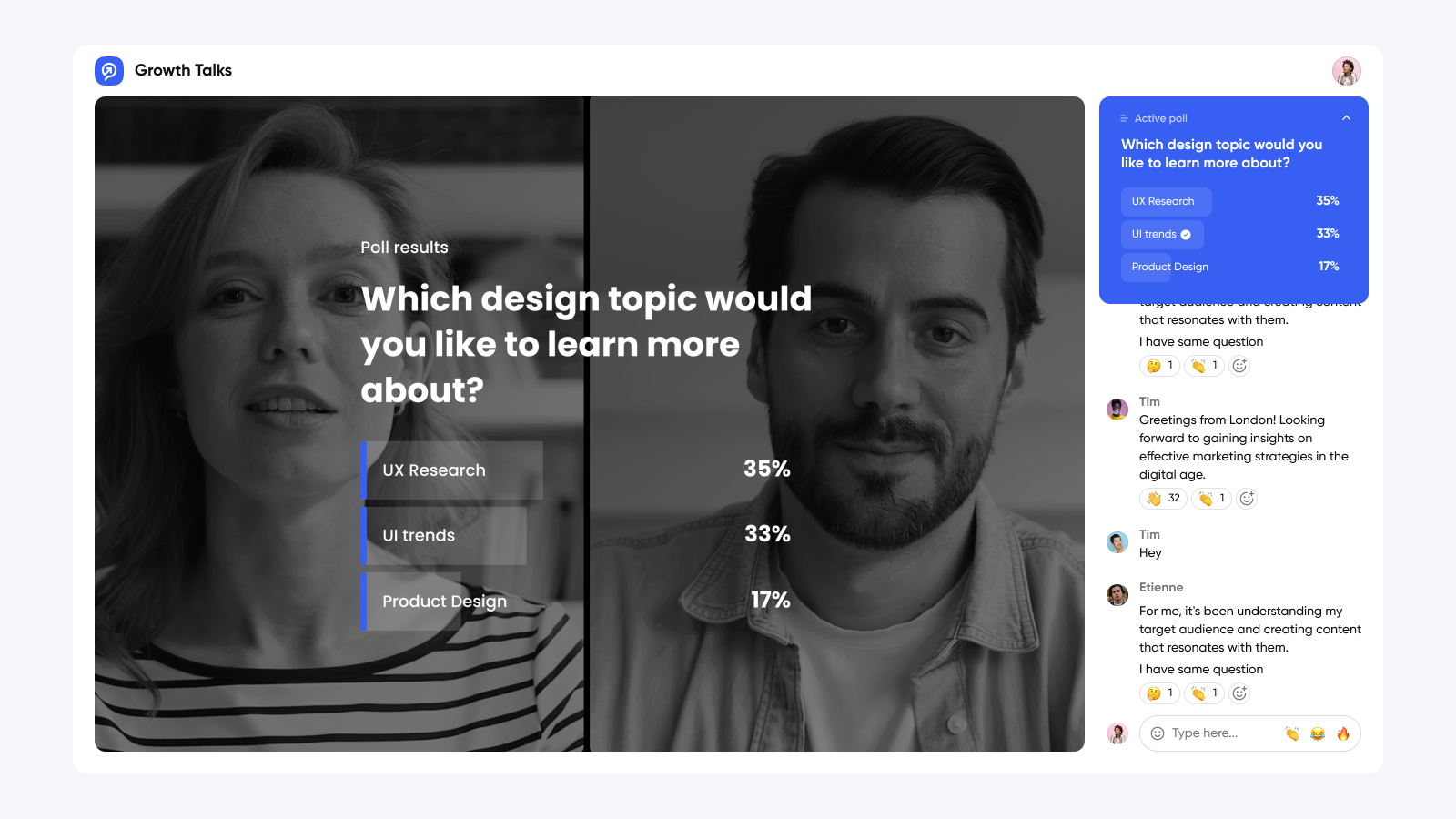
3. It’s Cost-Effective
Traditional marketing methods like TV ads or print ads can be expensive. Inbound marketing, on the other hand, relies on content creation (which can be done at a relatively low cost) and SEO (which is essentially free once you’ve got the basics down). Once you’ve created great content, it keeps working for you, continuing to bring in leads over time without the need for ongoing spending.
4. It Helps You Build Long-Term Relationships
Inbound marketing is all about building long-term relationships with your audience. By delivering consistent, helpful content and staying engaged with customers over time, you foster loyalty. This leads to repeat business and greater customer retention.
5. It’s Scalable and Measurable
Inbound marketing is incredibly scalable. You can adjust your strategy based on your goals and see what’s working in real time. With targeted marketing campaigns, supported by analytics tools, you can track your website traffic, measure how well your content is performing, and fine-tune your strategy for better results.
6. Boosting SEO with Inbound Marketing Efforts
Inbound marketing efforts can significantly enhance your search engine optimization (SEO) strategy.
Here are some effective ways to boost your SEO through inbound marketing:
Create High-Quality, Relevant Content
Producing content that is optimized for keywords and phrases relevant to your industry helps improve your search engine rankings. High-quality content that addresses your audience’s needs will naturally attract more visitors.
Promote Content on Social Media
Sharing your content on social media platforms increases its visibility and can drive more traffic to your website. Social signals also play a role in search engine rankings.
Use Marketing Automation
Tools like marketing automation can help you personalize and optimize your marketing efforts. Automated workflows can ensure that your content reaches the right audience at the right time, enhancing engagement and conversions.
Leverage Inbound Marketing Tactics
Tactics such as email marketing and lead nurturing are essential for attracting and engaging potential customers. By providing relevant content through these channels, you can guide prospects through the buyer’s journey.
Analyze and Optimize
Use analytics and data to track your SEO efforts. Understanding which content performs best and how visitors interact with your site allows you to make data-driven decisions and continuously improve your strategy.

By integrating SEO into your inbound marketing efforts, you can increase your online visibility, drive more traffic to your website, and attract more potential customers.
Popular Inbound Marketing Strategies
To make inbound marketing work for you, there are a few key strategies to keep in mind. These will help you build connections, earn trust, and guide potential customers to make informed decisions.
Content Marketing
Content is the backbone of inbound marketing. Creating engaging blog posts, videos, podcasts, and other helpful resources lets you provide value to your audience. By addressing their questions and solving problems, you build authority and attract the right people to your brand.
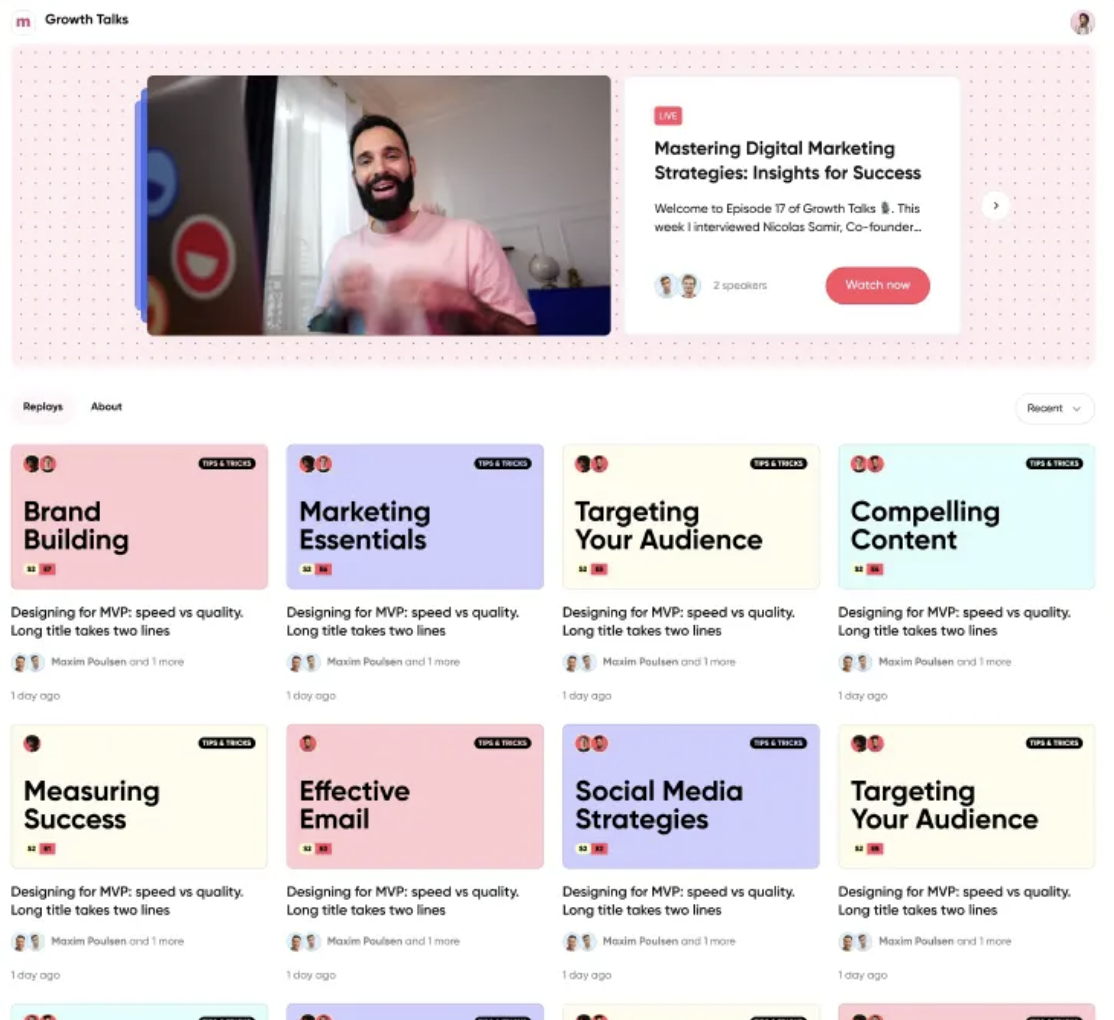
SEO (Search Engine Optimization)
SEO helps your content get noticed by search engines like Google. By optimizing your site and using the right keywords, you make it easier for people to find your content when they’re searching for solutions related to your business. It’s a long-term strategy that keeps bringing in organic traffic.
Email Marketing
Email marketing is all about building relationships. After someone shows interest in your brand, you can send personalized, targeted emails to nurture that connection. Whether it’s a helpful tip, a special offer, or a product recommendation, emails keep you connected with your audience throughout their journey.
Social Media Marketing
Social media platforms are great for sharing content, engaging with customers, and building a community. Whether it’s responding to comments, joining conversations, or sharing valuable resources, social media allows you to connect with your audience and humanize your brand.
Webinars & Virtual Events
Hosting webinars or virtual events gives you the chance to interact with your audience in real-time. You can showcase your expertise, answer questions, and offer deeper insights. These events help you build stronger connections and position your brand as a trusted authority.
Each of these strategies helps create a marketing approach that attracts, engages, and delights your audience—all while building long-term relationships. By providing value and focusing on the customer’s needs, you’ll be able to drive meaningful results.
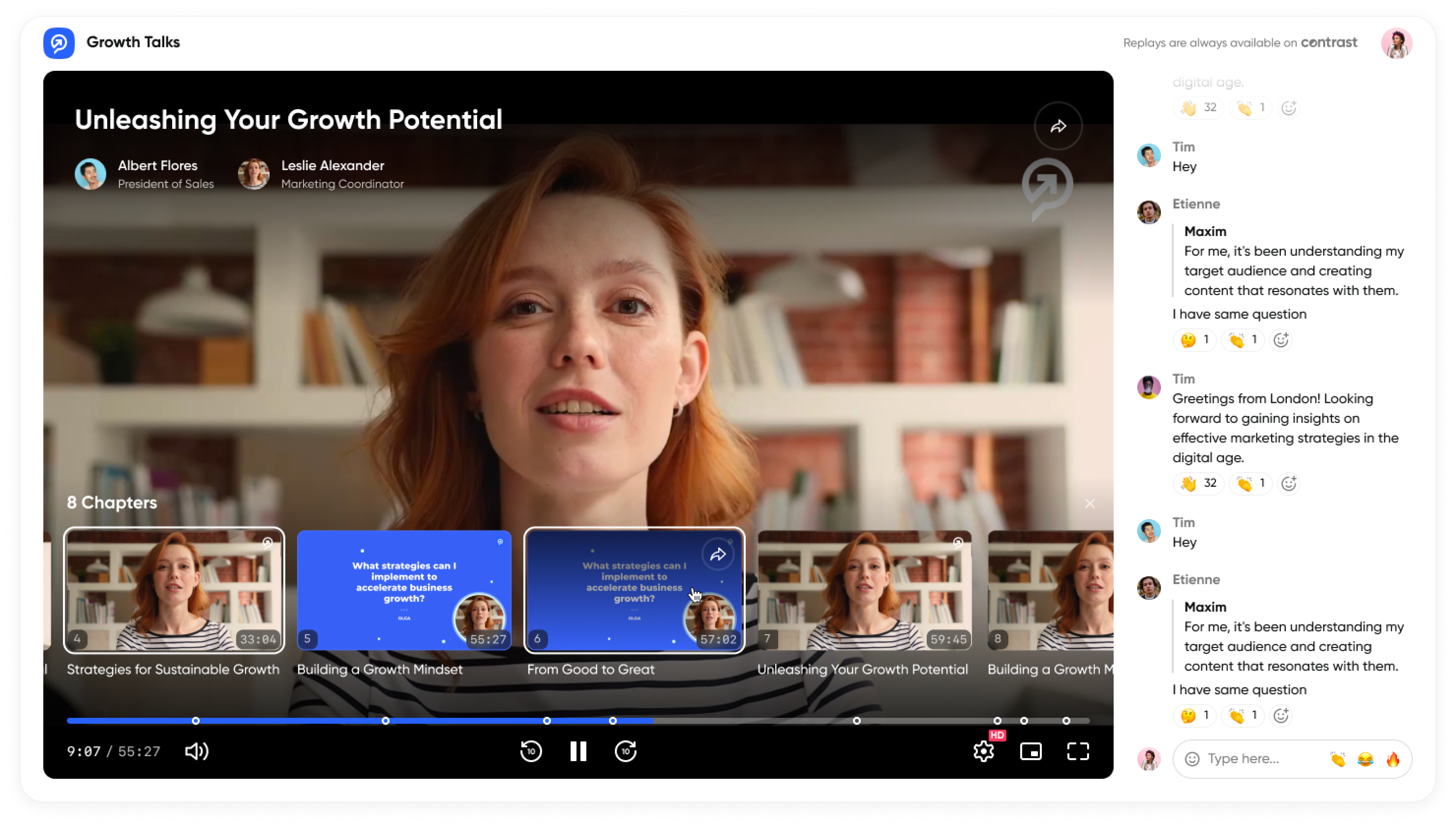
Building an Effective Inbound Marketing Strategy
Creating an effective inbound marketing strategy requires a deep understanding of your target audience and a well-thought-out plan. Here are the steps to build a successful strategy:
- Define Your Target Audience
Start by identifying your ideal customer and creating detailed buyer personas. Understanding their needs, pain points, and behaviors will guide your marketing efforts.
- Develop a Content Strategy
Create a content strategy that aligns with your target audience’s needs. Plan and produce content that addresses their pain points and provides valuable solutions.
- Choose Your Channels
Select the channels that will best reach your target audience. This could include social media, email marketing, content marketing, and more. Each channel should be used strategically to maximize engagement.
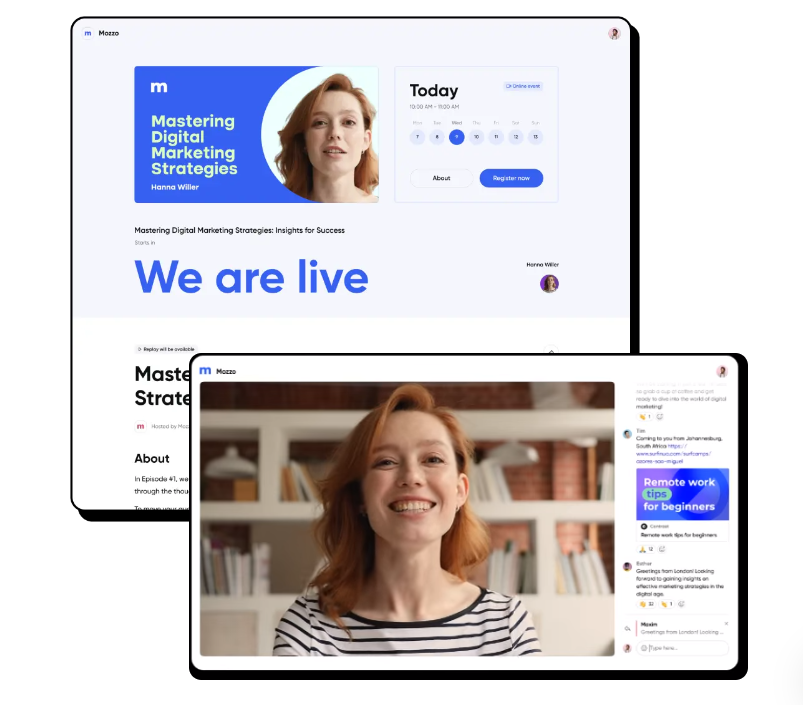
- Create a Lead Nurturing Strategy
Develop a plan to nurture leads through the sales funnel. This involves providing relevant content and personalized communication at each stage of the buyer’s journey.
- Measure and Optimize
Use analytics and data to track the performance of your inbound marketing efforts. Regularly review your metrics to understand what works and what doesn’t, and make data-driven adjustments to optimize your strategy.
By following these steps, you can build an effective inbound marketing strategy that attracts and engages potential customers, drives more traffic to your website, and increases your conversion rates.
Inbound vs. Outbound Marketing: What’s the Difference?
Marketing has changed, and so has the way businesses reach their customers. The main difference between outbound and inbound marketing lies in how you connect with your audience.
Outbound Marketing: The Traditional Approach
Outbound marketing is the old-school method, like TV ads, cold calls, print ads, and mass emails. An outbound marketing strategy involves these traditional methods to interrupt people’s day and push your message to a wide audience, even if they’re not interested.
While it can get your brand out there, it’s often costly, intrusive, and less effective at building lasting relationships.
Inbound Marketing: The Modern Approach
Inbound marketing, on the other hand, is permission-based. It’s all about attracting people who are already looking for solutions that you offer.
By creating helpful content—like blog posts, videos, and guides—you meet your audience where they are, offering valuable information that leads them to you when they’re ready to engage.
Inbound is more focused on building trust, offering value, and creating relationships.
Key Differences: Interrupting vs. Attracting
Outbound marketing pushes your message out to anyone and everyone, hoping some of it sticks. Inbound marketing pulls people in by providing content they’re already searching for, creating a more natural, permission-based interaction. It’s less about broadcasting and more about building trust and guiding potential customers through their journey.
In a nutshell, inbound marketing is about providing value and building relationships, while outbound is about interrupting to grab attention. For long-term success, inbound marketing is the more effective, customer-centric choice.
Why You Should Choose Inbound Marketing
If you’re still weighing the benefits of inbound marketing, let’s break down why it’s become the go-to strategy for successful businesses.
It’s more than just a trend—it’s a proven method that aligns with how modern consumers think and make decisions.
Here’s why inbound marketing is a smart move for companies of any size:
It Puts the Customer First
Traditional marketing feels like a one-way conversation—businesses push their messages out, hoping they’ll stick. Inbound marketing, however, is about engaging with your audience, not selling to them.
It prioritizes understanding your customers’ needs and crafting valuable content that resonates with them at every stage of their journey. This human-first approach builds trust and stronger, more meaningful relationships.
It Attracts Better Leads
One of the biggest advantages of inbound marketing is the quality of the leads it generates. Instead of casting a wide net, you’re creating content that appeals directly to people already interested in what you offer.
These are leads who are actively searching for answers and solutions, making them more likely to convert because they’ve shown genuine interest.
It Builds Trust and Authority
With inbound marketing, you’re not just selling—you’re educating. Creating content that answers questions and solves problems positions your brand as a helpful resource.
This builds credibility over time, and consumers are more likely to buy from brands they trust. When you consistently deliver valuable content, you become an authority in your field, which is invaluable in a competitive marketplace.
It’s Cost-Effective with Long-Term Benefits
Inbound marketing offers a great return on investment because it relies on digital tools that are generally less expensive than traditional media. Content creation, SEO, and social media are more budget-friendly than TV or print ads, and once your content is live, it can continue to generate leads for months or even years. Inbound strategies grow over time, making them both affordable and sustainable.
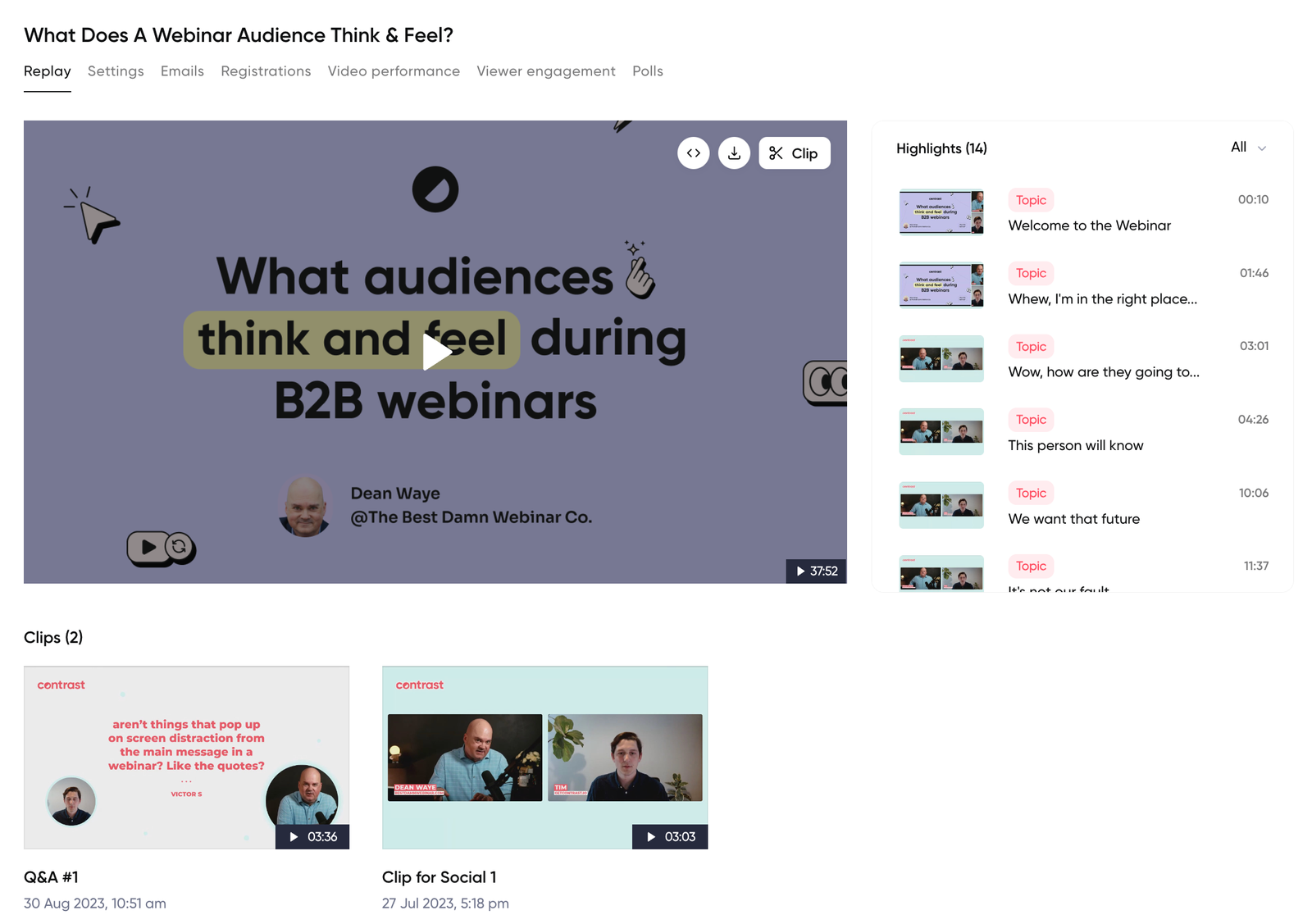
It’s an Effective, Sustainable, Long-Term Strategy
Inbound marketing focuses on creating assets—like blog posts, videos, and social media content—that have lasting value. Unlike traditional marketing that fades quickly, the content you build today can generate traffic and leads for years.
This makes inbound a strategy that compounds over time, providing more value the longer you commit to it.
It’s Measurable and Easy to Optimize
With inbound marketing, you’re never guessing what’s working and what’s not. Digital tools allow you to track every part of your strategy, from website traffic to conversion rates.
This level of insight means you can make data-driven decisions, optimize your content, and adjust your approach based on what resonates with your audience. Successful inbound marketing involves tracking performance and making data-driven decisions to optimize your strategy.
Inbound marketing is about creating a sustainable, customer-focused strategy that prioritizes long-term success over quick wins.
It’s not about shouting louder than the competition—it’s about building relationships, delivering value, and earning trust. That’s why inbound marketing isn’t just smart; it’s essential in today’s market.


Data-driven Webinar Platform Built for Engagement
Start for free with up to 30 registrants. No credit card needed.
Start for freeIn Conclusion
Inbound marketing isn’t just a nice-to-have anymore; it’s a must-have if you want to grow your business in a sustainable, long-term way. It’s not about chasing after customers, interrupting them with ads, or hoping your product magically stands out.
Instead of focusing on making a quick sale, inbound marketing centers around the customer’s journey. It’s about understanding where they’re at, what problems they need solving, and how you can meet them with helpful resources, educational content, and solutions that truly make their lives easier. Think blog posts, how-to guides, videos, webinars, social media conversations, and even customer success stories. The more valuable content you offer, the more trust you build, and the more likely your audience is to turn into loyal customers.
Whether you’re a small business just starting out or a larger company improving your strategy, inbound marketing is the way forward. It helps you connect with your audience on a deeper level, building relationships based on mutual respect and value.
So, what are you waiting for? Time to start thinking inbound!
